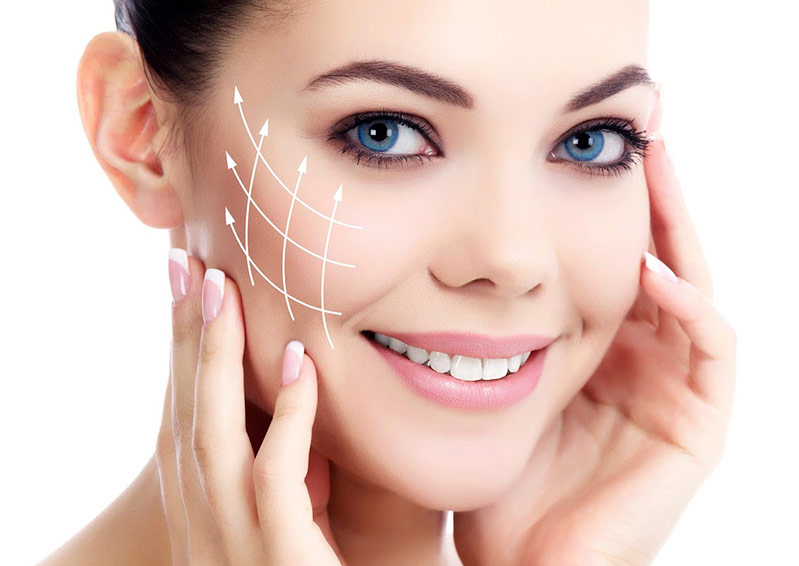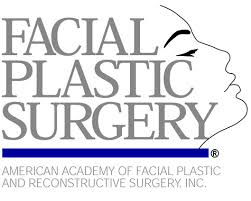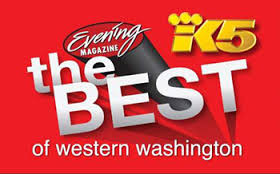Thread Lift
The thread lift (or feather lift) is a non-surgical procedure that gives a lift to the sagging tissues of the face using threads. It has been widely popular in Europe and South America, and rapidly gaining attention in the United States. The thread lift procedure offers quick and relatively painless lifting for patients needing only slight lifting. The thread lift is also known as PDO thread lift, feather lift, threadlift, APTOS lift, the APTOS thread lift and suture suspension facelift.

The threads used in this procedure which are at times called APTOS threads (the name APTOS originated from anti-ptosis, which means anti-droop), are 'injected' under skin using a special needle. No incisions or anesthesia is required. The threads have small barbs or "cogs" along the length of the thread, much like barbs on a fishhook. These cogs provide lift and contour by forming a support structure for the facial tissue. A full face featherlift may require up to 10 threads, depending on the regions being lifted. The threads are introduced with a fine needle so the puncture sites heal very quickly, usually without any marks.
Can Thread lifts be combined with other procedures?
Thread lifts (use of long lasting barbed sutures to lift sagging facial skin) are regaining popularity due their minimally invasive nature and the fact that no incisions or anesthesia are required. Thread lifts and Sculptra performed together make a great combination since the threads lay a foundation and the Sculptra created collagen around that foundation. Bother procedures can be performed in typically 30 minutes. Thread lifts are typically performed in 2 regions, the upper face and/or the lower face/jawline.
Who is a good candidate for Thread Lifting?
The best candidate for the thread lift technique is someone with early facial aging, with mild to moderate loosening or sagging of the facial skin. Individuals with more advanced aging changes and sagging could also be candidates as long as their expectations are realistic. Traditional face lifting techniques are still the "gold standard" for achieving the best possible result, and it will be up to the patient and the surgeon to decide on the best approach. The main advantages of the thread lift are that there is typically less downtime than with traditional facelift techniques, there are no incisions, and the procedure is quick and requires only local anesthesia. The thread lift may be combined with other surgical or non-surgical techniques, including chin and neck liposuction, eyelid surgery, cheek lift, lip augmentation, or facial fat.
How is the procedure performed?
Most thread lift procedures are performed under local anesthesia (numbing of the skin), however, it is also possible to use IV sedation anesthesia, especially if other procedures are being performed at the same time. The threads are carefully inserted under the skin using a needle. The placement of the threads depends on the area needing to be lifted. As few as three threads will noticeably lift the cheeks, and two threads will pull back the jowls. At times, the neck and upper brow can also be treated using the thread lift technique. The effect of the treatment will continue to improve over several months as the collagen in the skin collects around the newly placed threads.
What is the recovery like?
After the thread lift there will be some swelling and there is always a chance of bruising. It is important to avoid excessive facial movement, rubbing, or massaging of the treated areas for the first 2-3 weeks.
I am interested! What do I do next?
Naficy Plastic Surgery was the first clinic in the Seattle area offering this minimally invasive procedure over 20 years ago. If you are considering this procedure we encourage you to contact our office using this consultation form.






